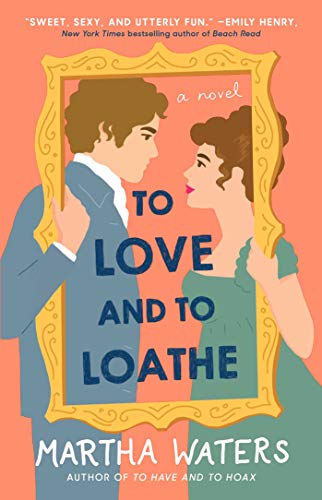To Love and to Loathe
Regency-era England. Diana and Jeremy have been trading barbs since their youth, but beneath the banter lies attraction, and not just physical. When he jestingly suggests they marry, she points out that among other drawbacks he, though a marquess, is impoverished, whereas she, with a meagre dowry, needs to make a good (i.e., wealthy) match. She does.
Five years later, she is a wealthy widow, he has restored the fortunes of his estate, and the banter continues until she bets him that he will marry within a year. Not to her, of course: she prefers the freedom of affluent widowhood. She plans, rather, to plague him with hopeful debutantes, and he to frustrate her scheme, another phase in their long-running game, but their hopes for gratifying entertainment run into difficulties when Jeremy’s redoubtable grandmother decides to take a hand. And she knows exactly whom they should wed. The situation is further complicated by a second agreement: Jeremy wants Diana’s opinion of his prowess in the bedroom; in return, word of their affair will encourage other potential lovers for the young widow.
It is all rather convoluted, but that is to be expected in a witty ironic romance, and Waters carries it off well. The marriage that readers of the genre anticipate does take place, but not before various amusing plot complications. What distinguishes the romance, however, is the characterization. Diana, Lady Templeton, is not only highly intelligent, but refreshingly clear-sighted about the situation of women in the aristocracy; and despite his roguish lifestyle, Jeremy, Marquess of Willingham, is really a considerate and decent chap. The minor characters, especially Diana’s close friends, provide a strong supporting cast. And beneath the humor, there are penetrating insights into the predicament of women in the Regency era. Strongly recommended.










